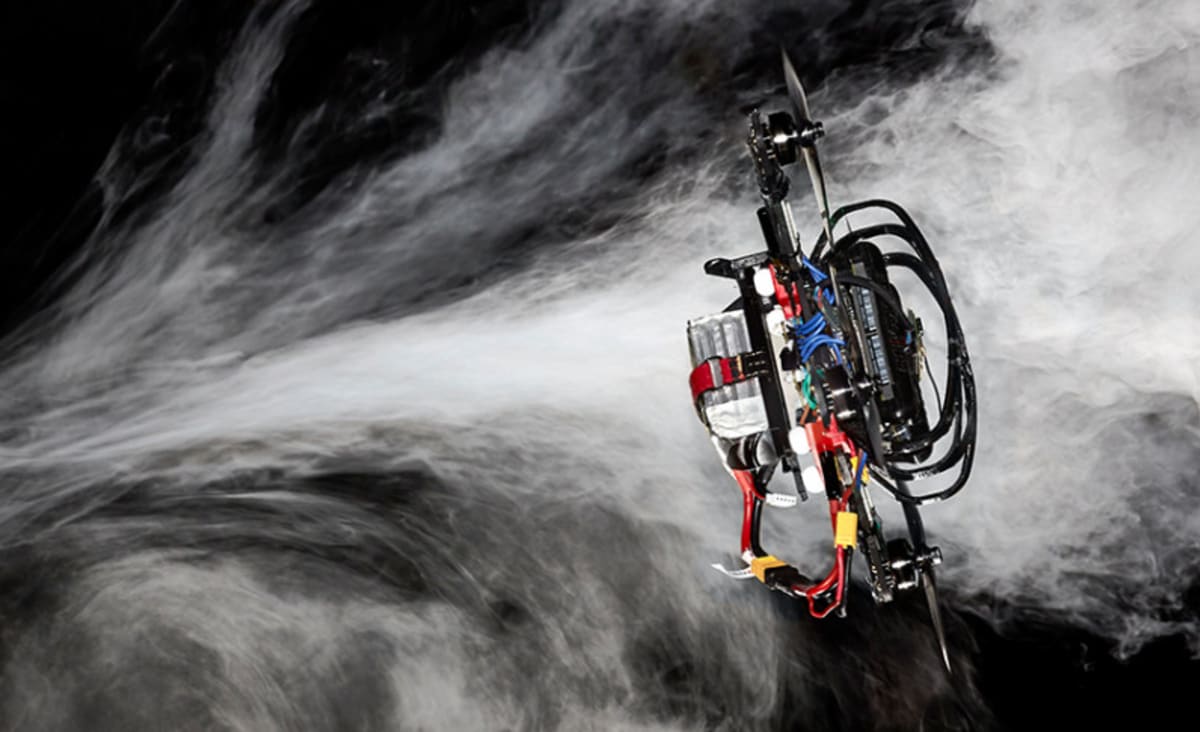
interestingengineering.com
New Algorithm Flies Drones, Beats Pace Set by Human Pilots
Drones have the ability to do tasks in difficult-to-reach areas, and now a new algorithm will allow them to do this faster on their own.
Science & Tech
In the near future, drones will handle deliveries and also be a regular part of rescue missions. But as long as they need a human operator, they cannot become the 24x7 aid we would want them to be. Researchers at the University of Zurich have developed a new algorithm that allows drones to not only fly autonomously but faster than those controlled by human racing pilots. This will herald a new future, where drones can simply be given the drop destination and they will handle the rest.
Not only are drones great at flying and reaching a destination quickly, but they can also be used to navigate through tough trails like a window in a rescue mission or mountain top for surveillance. So far, skilled drone pilots have been entrusted with such tough missions, but with an increasing number of applications where drones are used, finding skilled pilots for all applications is going to get tougher. Add to this the limitations of the battery packs, drones are expected to move quickly than they are today to improve delivery efficiencies.
Under the guidance of Davide Scaramuzza, the head of the Robotics and Perception Group at the University of Zurich, researchers Phillipp Foehn and Angel Romero used a novel method that allows drones to autonomously determine their flight path. So far, drones have been given a full description of their flight path that has been previously determined by human users. This is not a time-efficient method. Instead, the researchers simply directed the drones to pass through the waypoints in the flight path. The algorithm helps the drone calculate a time-efficient path which also takes into account the limitations of the drone's capabilities, a quadcopter in this instance.
To test their algorithm, the researchers used an experimental drone race-track. They also deployed external cameras that provided real-time data on the drone's location to help it stay autonomous. The human race pilots were given sufficient practice time on the track while the drone calculated its trajectory using advanced computing. When it came to the race, the autonomous drone beat the human-piloted every single time. The research was published in Science.
The algorithm is not ready for the real world yet. Currently, the computation of flight path takes over an hour while the flight requires input from external cameras which won't necessarily be available in real-world scenarios. The researchers now plan to use onboard cameras while also simplifying the algorithm.
"This algorithm can have huge applications in package delivery with drones, inspection, search and rescue, and more," Scaramuzza said in a press release.
























































